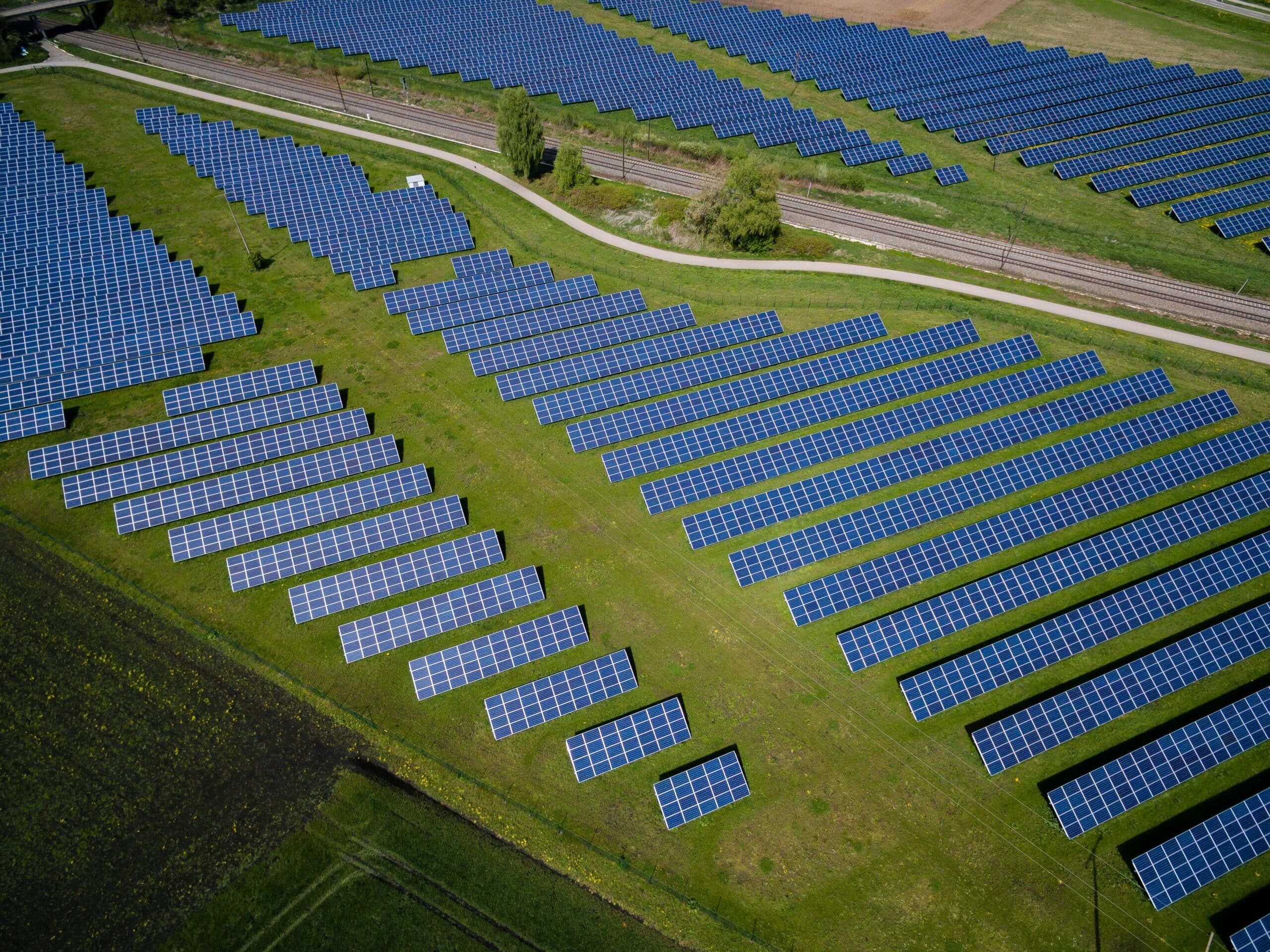It’s no secret that cities are responsible for the majority of the world’s greenhouse gas emissions. With an expected 70% of the world’s population living in urban areas by 2050, the risk of frying our planet is higher than ever.
Since we’re already living on borrowed time, a global shift to renewable energy is critical to avoid the most devastating impacts of climate change. And cities will be the centre stage on which the clean energy transition plays out.
At Urban Tech Forward 2022, we hosted Carlos Tamayo from City of Colorado Springs, Stonly Blue from Third Sphere, Andy Deacon from Global Covenant of Mayors for Climate & Energy and Camille Squires from Quartz who examined how national and local governments can accelerate the renewable energy transition in cities.
Step 1: Simplifying the permit-granting process
One of the main obstacles standing in the way of getting distributed energy resources is permitting. “This is the area of innovation that can only be solved from the sides of local and state government”, – explains Stonly Blue.
Currently, receiving a building permit is a rough ride – the process is inefficient, takes a lot of time, and is quite costly. Government authorities often lack the staff, skills, and tools to issue permits effectively.
As a result, many innovations can’t reach the market even if the technology exists and the public demands it. This puts even more weight on the shoulders of new companies and their finances.
Step 2: Making sure energy transition is equitable
Right now, many developing countries are struggling with energy poverty. They have a growing need for energy, but little money to invest in clean infrastructure. And these are often the countries most endangered by climate change.
It’s crucial to be certain that whatever changes occur in the energy sector, governments are addressing the needs of all people. It’s a major issue, according to Carlos Tamayo, to guarantee that everyone receives the same services and infrastructure improvements.
Step 3: Coordinating national government and city actions
“Most of the work decarbonising electricity should not be the duty of cities, it’s the job of the national government”, says Andy Deacon. He believes that the first step is to decarbonise the national grid. After that, it’s necessary to make sure that what happens at the national level integrates with the local level.
Step 4: Keep the pressure up on research funders
Andy Deacon suggests an idea that national and local governments need to urge research funders to provide risky financial support to innovators that are in the early phase of their development. The governments also need to work with cities to provide experimental environments for these risky, yet hopefully successful and very rewarding solutions.
“We need to make it as easy as possible for innovators and eliminate the barriers for them”, – explains Andy Deacon.
Step 5: Partner with academia and local universities
It’s always beneficial when governments keep in touch with academia and universities to collect information and science-based data needed to support any kind of policy change, according to Carlos Tamayo.
Governments hold the ability to collaborate and decide the future of our urban economy, life conditions, and culture. Will this transformation be fruitful? Your guess is as good as ours.

